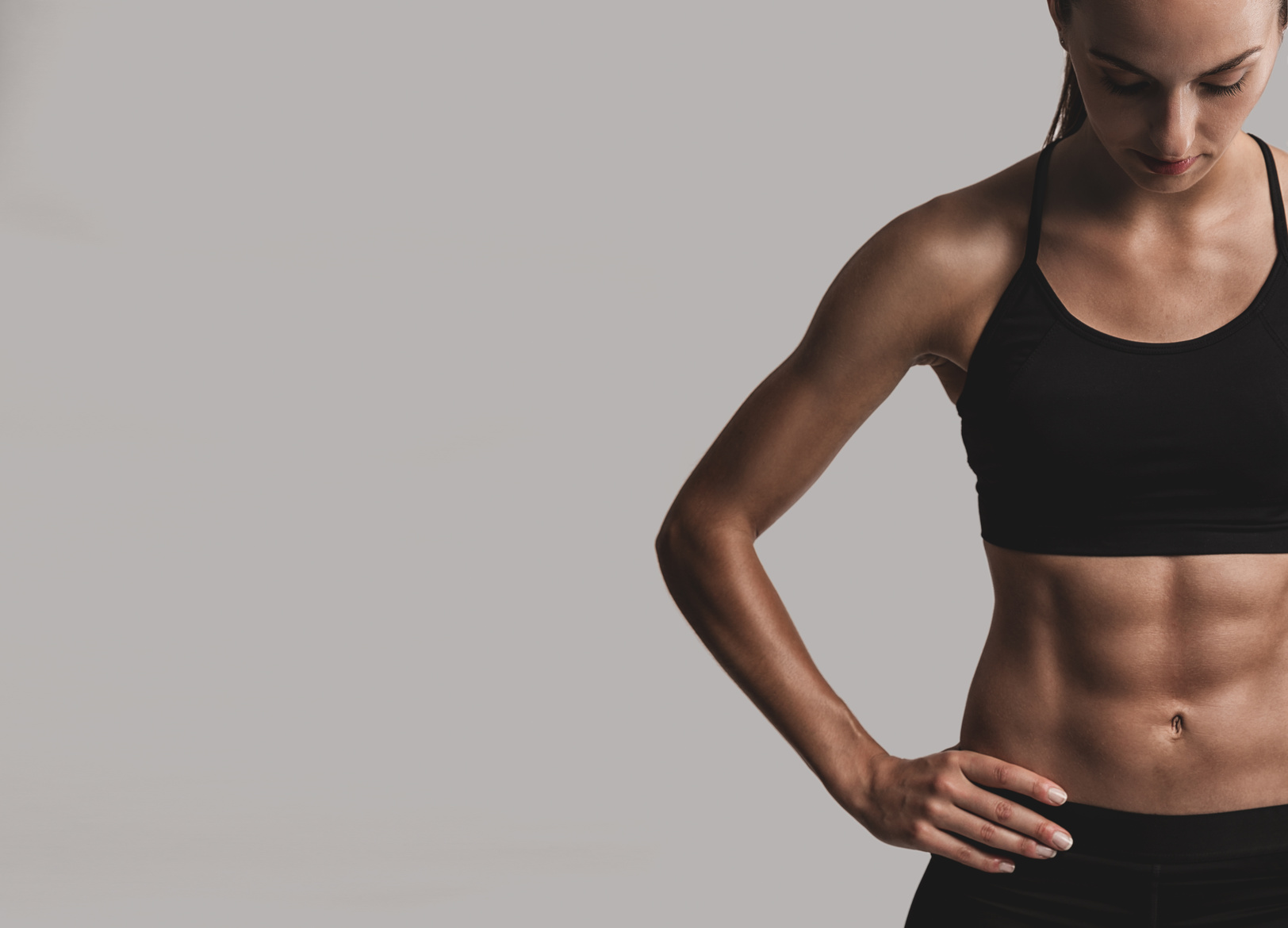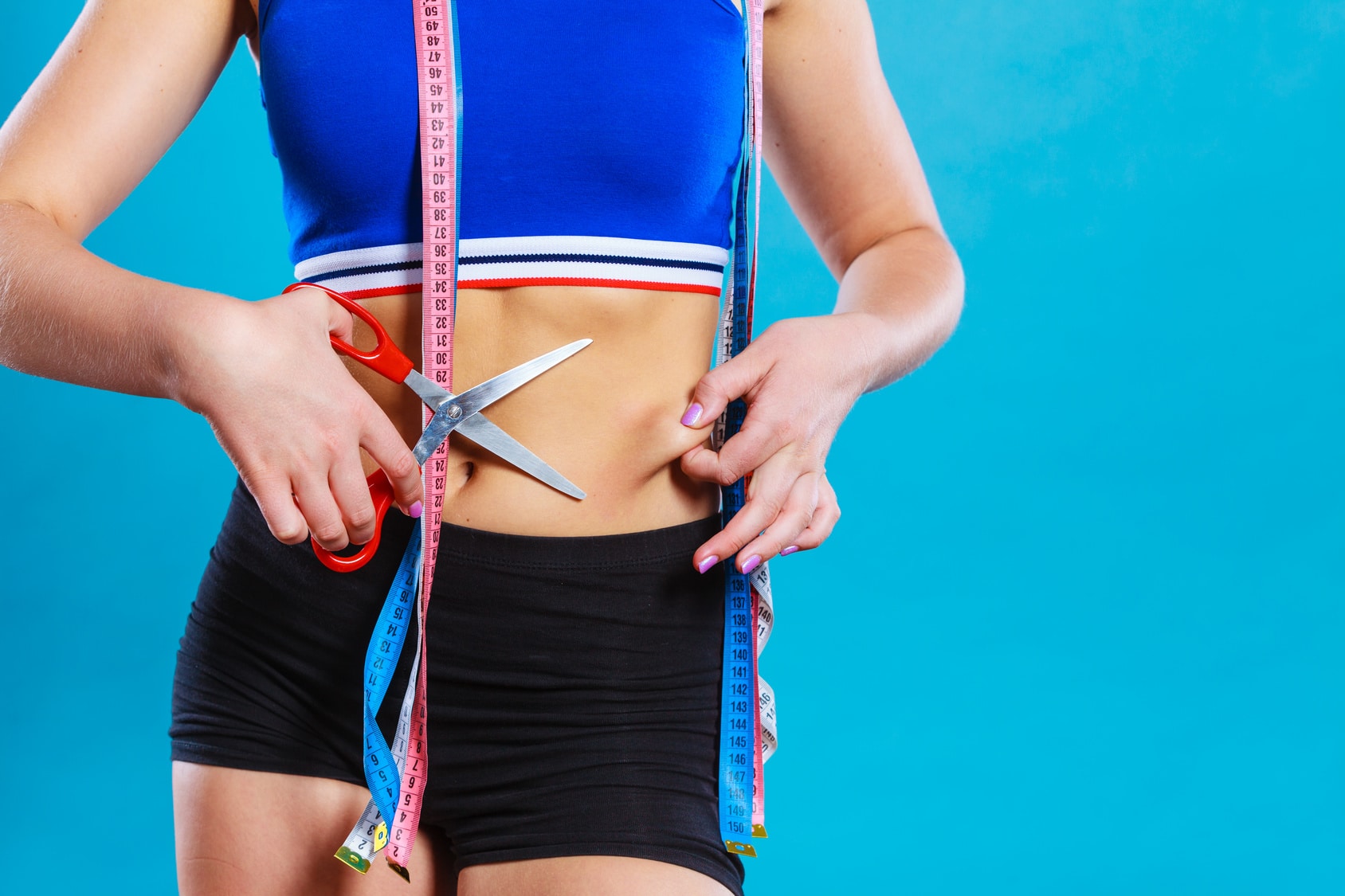People ask me this all the time—especially newer runners or folks trying to get back in shape:
“Will running give me abs?”
I get it.
You see these lean, ripped marathoners flying past the finish line and think, “That’s it—just run more, and the six-pack will show up.”
Honestly?
I used to think the same thing.
Back when I first laced up, I figured the road to abs was just… more miles. I imagined my belly fat melting away with every step.
But here’s the truth bomb—running can help reveal your abs by burning fat, yeah.
But if you think running alone will carve out a six-pack, you’re setting yourself up for disappointment.
Quick and Dirty Answer:
Running burns calories. It can lower your body fat.
But that shredded look?
That comes from a mix of running, solid core training, a dialed-in diet, and brutal consistency.
No shortcuts. No hacks.
My “Running for Abs” Wake-Up Call
I remember the moment the illusion cracked.
I was in my 20s, running six days a week, chasing abs like they owed me money.
I’d knock out 5Ks before breakfast, fantasizing about the lean, cut midsection I’d see in the mirror.
Except… the mirror didn’t cooperate.
Months passed. My endurance was up. I could run farther than ever.
But those abs? Still buried under a layer of late-night pizza and zero core training.
That’s when it hit me: running wasn’t the problem. My approach was.
I was treating running like some magic bullet. But abs don’t come from cardio alone. They come from training smart, eating right, and building strength where it counts.
When I finally got my act together—ditched the junk food, added planks and lifts to my routine, and ran with purpose instead of just clocking miles—things changed.
My performance improved. My body leaned out. And slowly, those abs started to show. Not because of running alone—but because I finally treated it like part of the equation, not the whole thing.
That shift is why I hammer this message home to every runner I coach:
Don’t fall for the myths. Understand the full picture. And then get to work.
Why Running Alone Won’t Cut It
Sure, running is awesome cardio. It builds endurance, gets your lungs working, and yes—engages your core, especially when you’re pushing the pace or holding good form.
But just running won’t automatically bring out the abs.
Let’s talk about why.
Body Fat Is the Real Gatekeeper
Here’s the deal:
We all have abs.
Yep. Even if you’ve never seen yours, they’re there.
The catch?
They’re hiding under a layer of fat—and how much fat you carry determines whether they show or not.
To start seeing abs, you typically need to be around:
- 15% body fat or lower for men
- 20% or lower for women
(Everyone’s different, but these are decent ballpark numbers)
And how do you drop fat?
Calorie deficit.
Clean eating.
Smart training.
That’s where running helps—it burns calories.
But if you’re still smashing donuts and skipping strength work, your six-pack’s staying undercover.
I had a client who ran daily, swore off carbs, and did 200 sit-ups a night. But she wasn’t strength training, and her meals were all over the place. Her belly stayed soft—until we cleaned up the plan and approached fat loss from all angles.
That’s when her core started to tighten.
You Can’t Target Fat—So Stop Trying
One of the biggest fitness myths I’ve had to un-teach is spot reduction.
No, you can’t burn belly fat by doing more sit-ups. And no, running 5 miles a day won’t only trim your waistline.
Fat comes off your body in its own messed-up order—usually starting with places you don’t care about, like your face or arms. Your belly? That’s often the last to go.
So if you’re only running to flatten your stomach, you’re going to get frustrated fast.
Here’s what works:
Whole-body fat loss through smart, consistent training.
Pair running with core strength work and a clean, realistic eating plan. The fat will come off eventually—just not on your schedule.
How Running Can Actually Help You See Your Abs
Let’s be real — running isn’t some magic trick that gives you abs overnight.
But does it help? Hell yes, it does.
If your goal is to see your abs, running can play a major role — especially when it comes to torching fat and training your core without even stepping into a gym.
Here’s how I’ve seen running reveal abs — both in my own journey and with the runners I coach:
Fat Burn = Ab Reveal
Running is one of the best fat burners out there.
When you lace up and start logging miles, your heart rate climbs, your body taps into its energy stores, and over time, you start burning more calories than you take in. That’s how fat loss happens — simple math, really.
And the belly fat? That’s the first layer you’ve got to strip off if you want your abs to show.
According to research (yeah, this one’s backed by science), aerobic training like running is especially helpful at reducing belly fat — as long as you’re also eating like someone who gives a damn about their goals.
Every mile you run is like taking a hammer to that soft layer covering your core. You’re not “building” abs with every step — you’re uncovering them.
Core Engagement on the Run
Now let’s talk core. Ever notice how your abs tighten up when you’re sprinting or grinding up a hill? That’s not just in your head — your abs are firing to keep you upright and in control.
When you run hard — especially during sprints — your abs have to brace with each stride.
According to one exercise physiologist, sprinting actually forces your core to contract in a way that can lead to a bit of muscle growth too.
I always tell runners: Good running form is a core workout in disguise.
You’re not just building endurance — your abs are learning how to stay rock-solid for longer. Better posture. Better balance. Less wobble. That’s the real benefit.
HIIT Runs for Fat Loss
Want to take it up a notch?
Throw some interval training into the mix.
High-Intensity Interval Training (HIIT) is one of the fastest ways to burn fat. One review even showed that people lost around 28% more fat with intervals compared to steady-state jogging.
And here’s the kicker — HIIT keeps your body burning calories even after your workout is over. That “afterburn” effect is real.
You finish a hard session, and your metabolism keeps humming for hours.
I like to keep it simple: Sprint 100 meters, walk or jog for 30 seconds, and repeat that 10 times.
That’s 15–20 minutes of pain — the good kind — and your core will be sore tomorrow. Trust me. I tell my runners all the time: “This workout is like doing planks at full speed.”
And don’t just take my word for it. Studies are showing HIIT is very effective against fat loss.
So if you’re only logging slow, steady miles — no shame in that — but adding one HIIT session per week? That’s your fat-burning booster shot.
Hill Sprints = Core on Fire
Another underused gem?
Hills.
Running uphill is brutal, and that’s why it works. Gravity pulls you down, and your abs have to lock in to keep your form together.
It’s basically a moving plank. You’re driving your knees up, pumping your arms, and your midsection is doing overtime.
A lot of coaches (myself included) recommend hill sprints as a super useful tool. They don’t just torch calories — they build serious strength in your legs and your core.
Here’s a hill workout you can try:
Sprint hard up a hill, walk back down to catch your breath, then repeat.
Four or five reps is enough to leave your core buzzing. Stick with it, and your abs will start to feel like a steel plate.
Stay Consistent or Don’t Bother
Fancy workouts are cool. But if you only run once in a while, don’t expect miracles.
Consistency is what really builds results. If you want to lean out and see progress, aim to run most days — not just once a week.
Even basic cardio guidelines suggest 4–5 sessions a week, at around 30–45 minutes per session.
You don’t have to go all-out every time — please don’t — but make running part of your weekly rhythm. Mix in some HIIT. Hit some hills.
But most importantly, show up regularly.
You don’t earn your abs with one run — it’s a streak thing. Keep stacking those miles.
Want to See Your Abs? Build Them First
A strong core isn’t just about looking good — it’s about building strength you can use. And that means doing resistance work.
Think: planks, crunches, leg raises, bicycle kicks, Russian twists — the stuff that burns in all the right places.
Even big lifts like squats and deadlifts? Yep, those hammer your core too.
When I started adding serious core work to my routine, things changed.
Not overnight, but over weeks and months, I noticed my posture got better, my stride tightened up, and yeah — my abs finally stopped looking like a flat pancake.
Don’t be afraid of “bulking up” from ab work. You’re not going to turn into a bodybuilder by doing planks and side crunches.
Abs respond well to 2–3 sessions a week. That’s it. Slot them in after a run or on your off days. Even 10–15 minutes of focused core training can make a huge difference if you stick with it.
Here’s my usual breakdown:
- Planks: deep core and spine stability
- Crunches/sit-ups: upper abs
- Leg raises/flutter kicks: lower abs
- Russian twists/side planks: obliques (the side abs)
Mix and match, but don’t skip the hard stuff. Over time, your core tightens up — and once your body fat dips, those abs you built underneath finally show up.
Lifting Builds Abs Too — Don’t Sleep on It
Let me say this loud: strength training isn’t just for muscle heads. It’s one of the best ways to boost your metabolism and improve your overall body comp — especially if you’re chasing visible abs.
Lifting makes your body burn more calories even when you’re chilling on the couch.
And a lot of those lifts — deadlifts, squats, overhead presses — crush your core without you even realizing it. You’re bracing, stabilizing, holding good form — all of that is core work.
There’s this quote I saw on Reddit that nailed it:
“Every person on the planet that has really rocking abs got them by resistance training… You’re not going to get a well-muscled physique by running alone.”
Harsh? Maybe. True? Absolutely.
If you’re new to lifting, no stress. Start with bodyweight basics: push-ups, pull-ups, squats, planks. These moves build real-world strength and light up your core at the same time.
Got access to a gym? Great — toss in some:
- Squats/lunges (your legs and core will thank you)
- Overhead presses (engages your entire midsection)
- Pull-ups or rows (sneaky core activators)
The cool part?
You’re not just chasing abs — you’re becoming a stronger, more powerful runner along the way.


